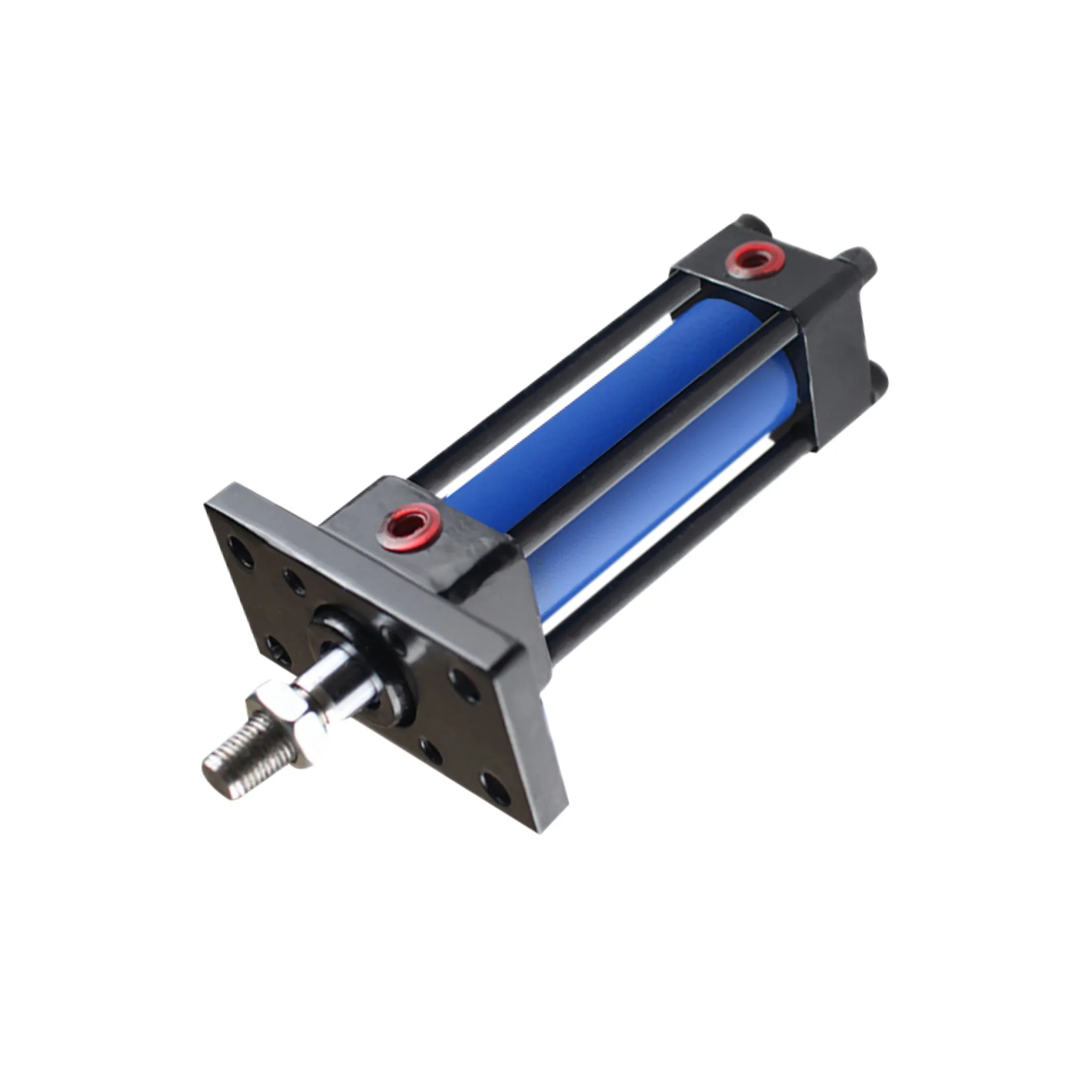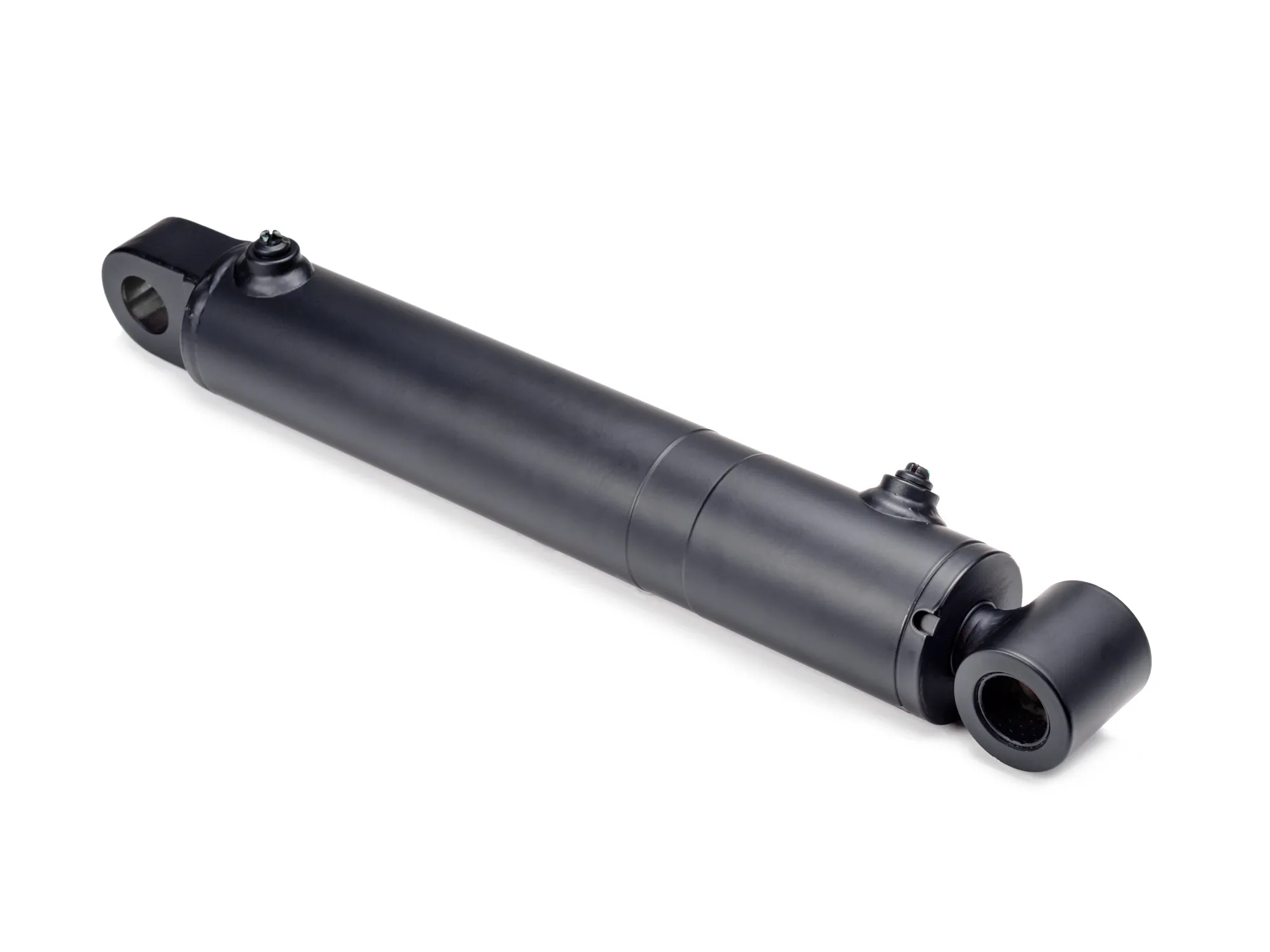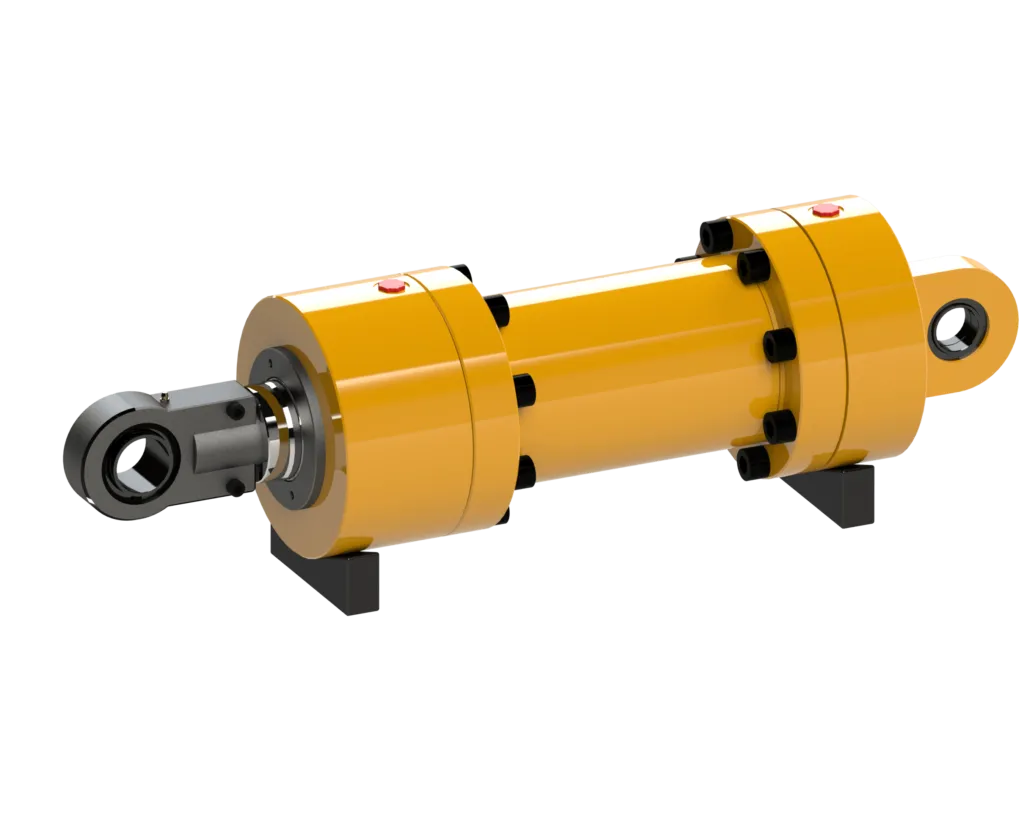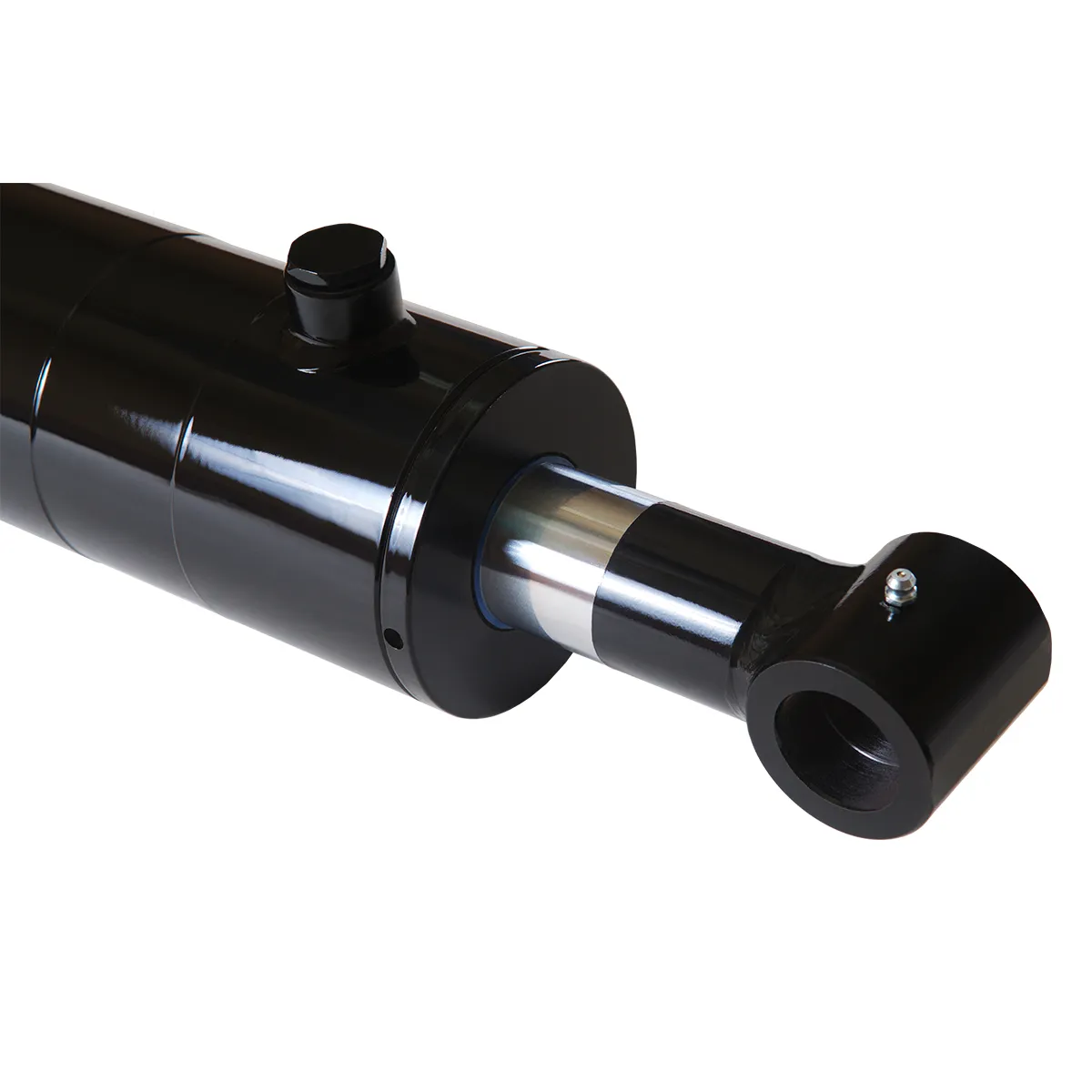Understanding the Performance Characteristics Of Reversible Welded Hydraulic Cylinders
In the realm of hydraulic systems, reversible welded hydraulic cylinders play a crucial role in ensuring smooth and efficient operations. These cylinders are designed to provide bidirectional movement, making them versatile and adaptable to a wide range of applications. Let’s delve deeper into the key aspects of reversible welded hydraulic cylinders to unravel their design, functionality, and application across various industries.
Defining Reversible Welded Hydraulic Cylinders
Reversible welded hydraulic cylinders are hydraulic actuators that are capable of operating in both directions without the need for changing the connection of the hydraulic line. This unique feature enhances the flexibility and versatility of equipment in hydraulic systems.
The Role and Application of Reversible Welded Hydraulic Cylinders
- Construction Machinery: Excavators, loaders, cranes
- Agricultural Machinery: Tractors, harvesters, sprayers
- Industrial Manufacturing: Punching machines, machine tool clamping devices
- Mining Equipment: Mining and excavation machinery
- Waste Disposal: Waste compression and crushing equipment
- Marine and Marine Engineering: Deck machinery, lifting equipment
- Robotics and Automation: Customized reversible cylinders for special needs
These cylinders find applications in various industries where precise and repetitive actions are required, showcasing their durability, versatility, and cost-effectiveness.
Design Characteristics of Reversible Welded Hydraulic Cylinders
Components of Reversible Welded Hydraulic Cylinders
The key components of reversible welded hydraulic cylinders include the cylinder, piston, rod, end cap, and other essential parts that work together to facilitate smooth operation.
Building Materials

Reversible welded hydraulic cylinders are typically constructed using materials such as steel or stainless steel to ensure durability and high performance under varying working conditions.
Design Features
These cylinders are designed for double action and two-way flow, allowing them to extend and contract efficiently based on the flow and pressure of hydraulic fluid.
Working Principle of Reversible Welded Hydraulic Cylinders
The working principle of reversible welded hydraulic cylinders revolves around their ability to extend and contract in response to the hydraulic fluid’s flow and pressure. This mechanism ensures precise control and reliable performance in hydraulic systems.
Advantages of Reversible Welded Hydraulic Cylinders
- Reversibility: Operate in both directions without changing hydraulic line
- Durability: Welded design for higher working pressure
- Simple Maintenance: Fewer moving parts reduce repair frequency
- Cost-Effective: Less expensive than traditional cylinders
- Compact Design: Suitable for narrow working environments

Each advantage contributes to the overall efficiency and effectiveness of reversible welded hydraulic cylinders in various applications.
Performance Characteristics of Reversible Welded Hydraulic Cylinders
Reversible welded hydraulic cylinders exhibit typical operating pressure and force ranges, stroke lengths, and hole sizes based on the specific application requirements. Selecting the appropriate cylinder size and configuration is crucial for optimal performance and longevity.
Design Considerations and Selection Criteria
Bearing Capacity
Discussing the bearing capacity of reversible welded hydraulic cylinders involves evaluating their ability to withstand varying loads and pressures without compromising performance.
Sealing and Durability
Sealing plays a vital role in maintaining the integrity and efficiency of reversible welded hydraulic cylinders, ensuring long-term durability and reliability in hydraulic systems.
Safety and Maintainability
Ensuring the safety and ease of maintenance of reversible welded hydraulic cylinders is essential for their optimal performance and longevity in diverse applications.
Sealing and Lubrication of Reversible Welded Hydraulic Cylinders
Proper sealing and lubrication of reversible welded hydraulic cylinders involve using high-quality seals and lubricants to enhance wear resistance and overall performance. Regular maintenance and lubrication are essential for prolonging the lifespan of these cylinders.
Regular Inspection and Preventive Maintenance
Implementing regular inspection and preventive maintenance measures for reversible welded hydraulic cylinders is crucial for identifying potential issues early on and ensuring smooth operation in hydraulic systems.
Installation Guide for Reversible Welded Hydraulic Cylinders
Follow a comprehensive installation guide to ensure the proper setup and functionality of reversible welded hydraulic cylinders in hydraulic systems. Pay attention to alignment, connections, and safety precautions during installation.
Maintenance Tasks and Procedures
- Regular Inspection: Check for leaks, wear, and overall condition
- Proper Lubrication: Use recommended lubricants and fill levels
- Seal Replacement: Replace worn seals to prevent leaks and damage
Adhering to maintenance tasks and procedures is essential for maximizing the lifespan and performance of reversible welded hydraulic cylinders in various applications.
Safety Considerations and Environmental Factors
Prioritizing safety measures and considering environmental factors when using reversible welded hydraulic cylinders is crucial for preventing accidents and minimizing environmental impact. Follow safety guidelines and regulations to ensure safe operation.

Fault Diagnosis and Troubleshooting
Identifying common faults and troubleshooting issues in reversible welded hydraulic cylinders is essential for maintaining optimal performance and efficiency. Follow diagnostic procedures and solutions to address potential problems effectively.
Common Questions About Reversible Welded Hydraulic Cylinders
What types of industries commonly use reversible welded hydraulic cylinders?

Reversible welded hydraulic cylinders are widely used in construction machinery, agricultural equipment, industrial manufacturing, mining, waste disposal, marine engineering, robotics, and automation industries.
What are the main components that make up a reversible welded hydraulic cylinder?
The main components of a reversible welded hydraulic cylinder include the cylinder, piston, rod, end cap, seals, and other essential parts that enable bidirectional movement in hydraulic systems.
How do reversible welded hydraulic cylinders differ from single-acting cylinders in design and operation?
Reversible welded hydraulic cylinders offer bidirectional movement without changing hydraulic connections, providing enhanced flexibility and versatility compared to single-acting cylinders.
Long Tail Keywords for Reversible Welded Hydraulic Cylinders
1. Reversible Welded Hydraulic Cylinder with Double Action
2. High-Performance Stainless Steel Hydraulic Cylinder
3. Durable Reversible Welded Cylinder for Industrial Applications
Our Company
We are a leading hydraulic cylinder replacement manufacturer with a wide range of products tailored to meet diverse industry needs. Our commitment to quality, reliability, and customer satisfaction has positioned us as a trusted partner in the hydraulic systems market.
With professional expertise, international certifications, customized services, state-of-the-art production equipment, and dedicated after-sales support, we strive to deliver excellence in every aspect of our business operations.
Author: lyl
